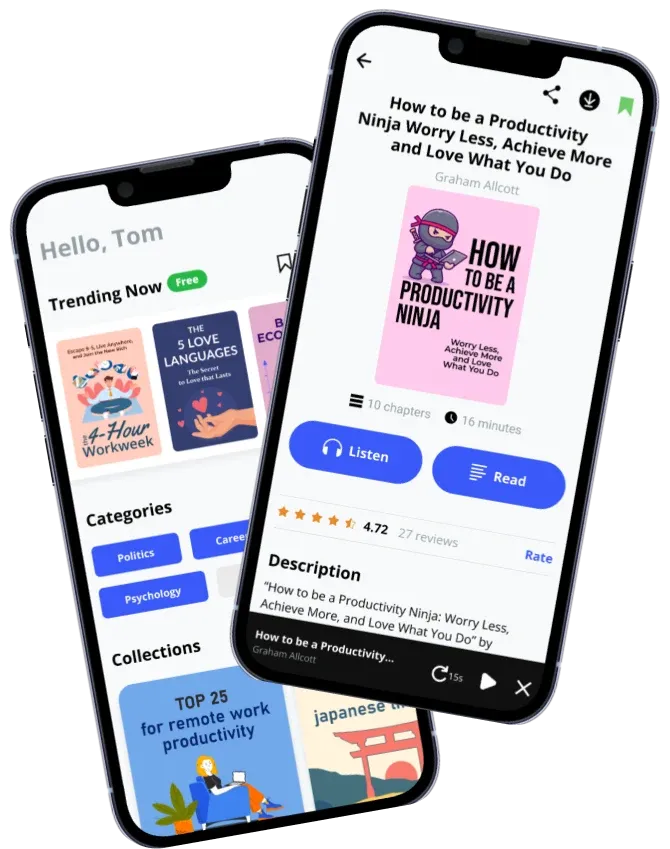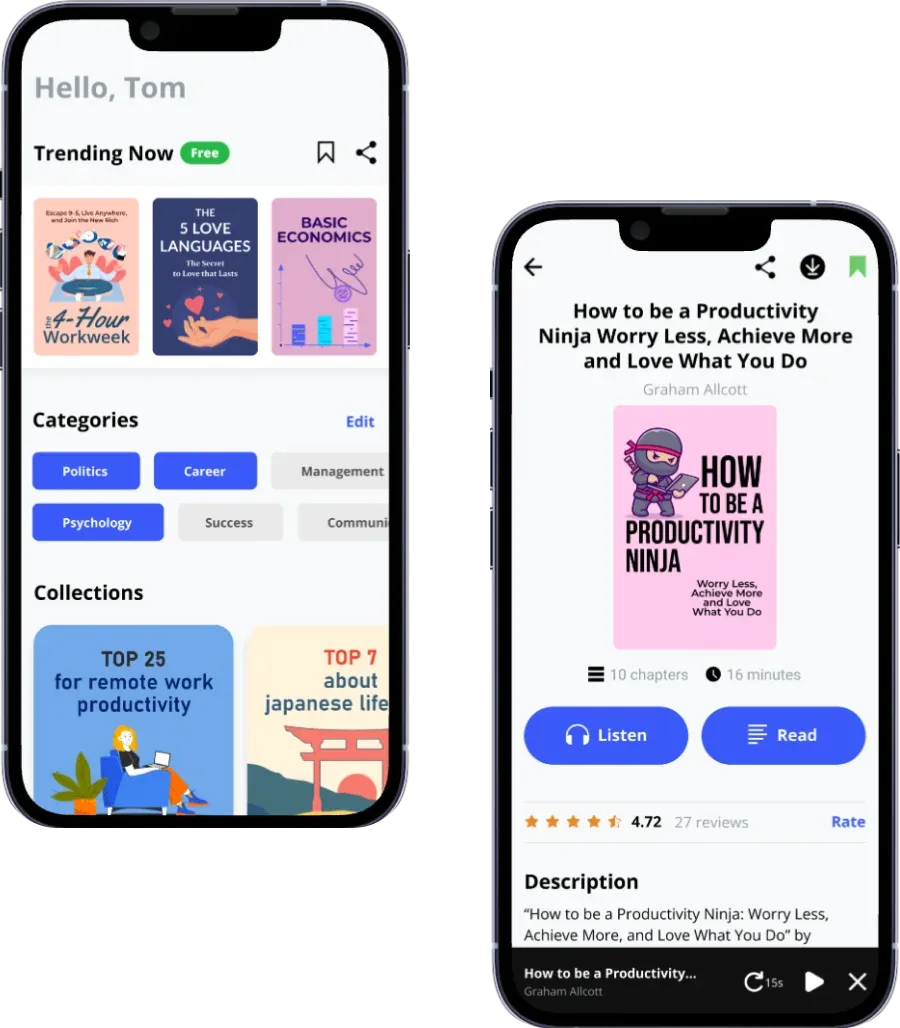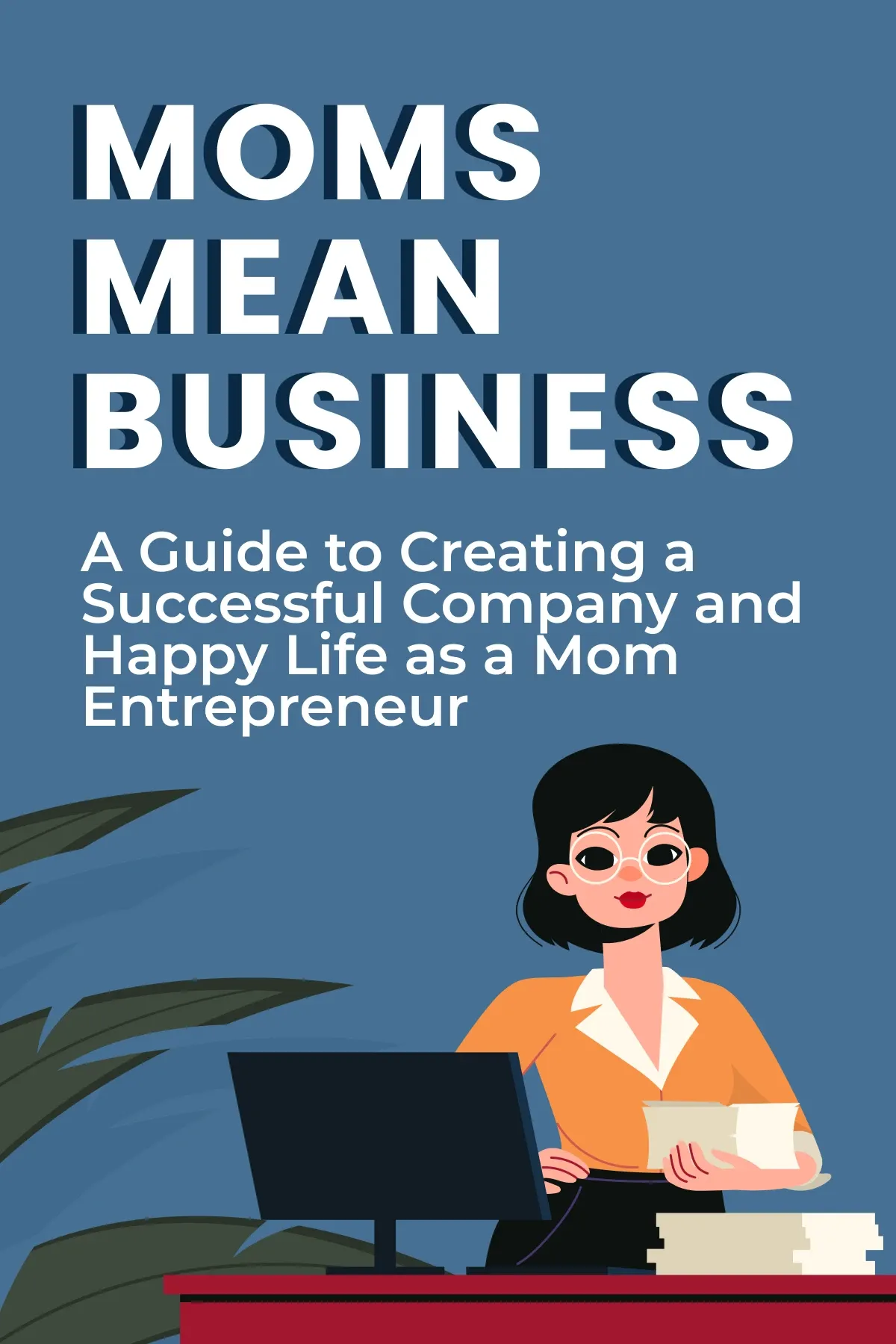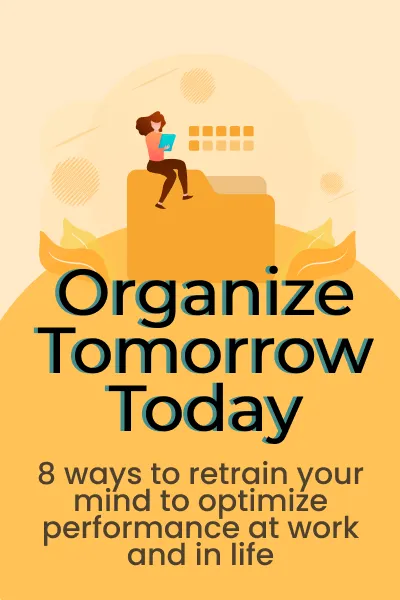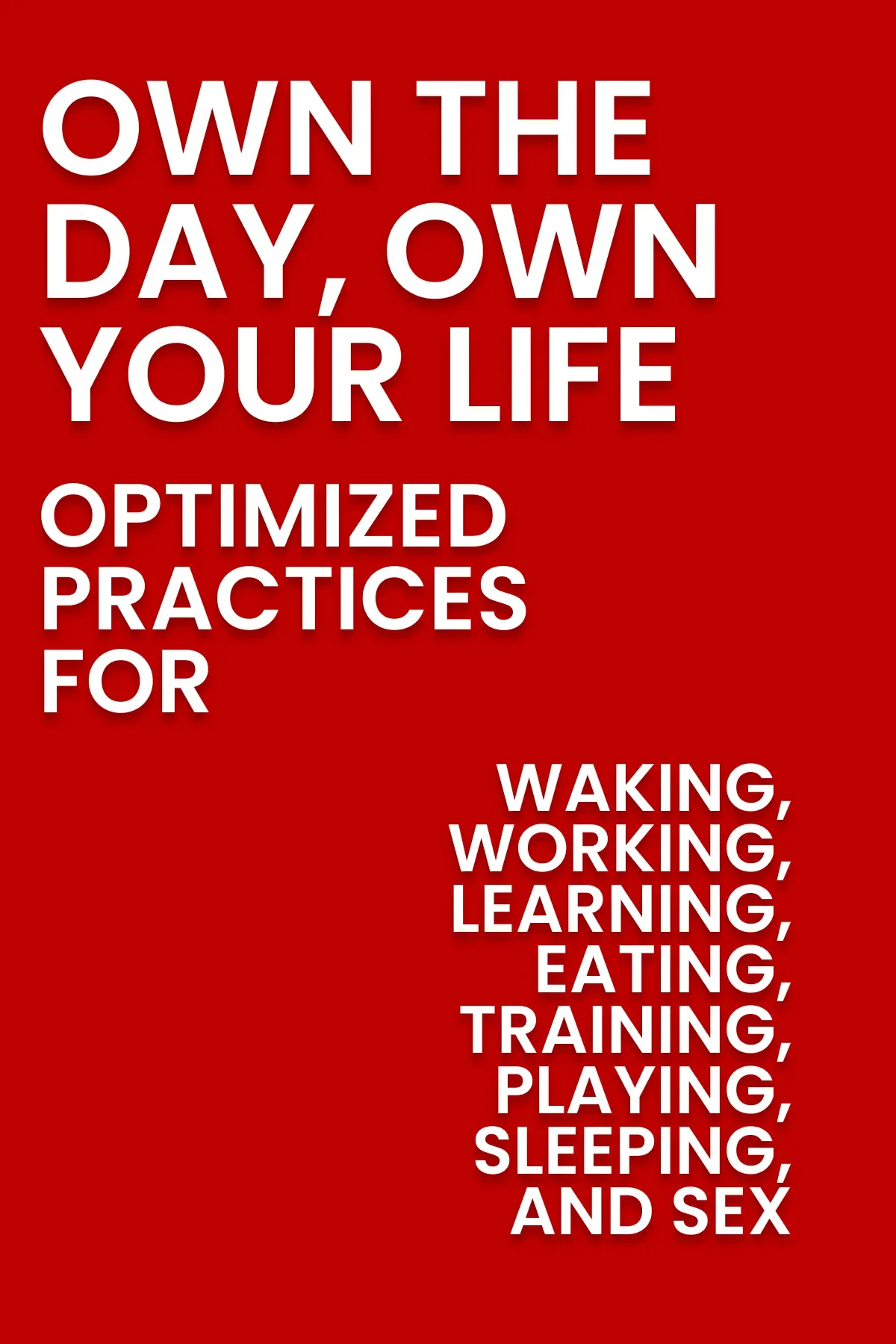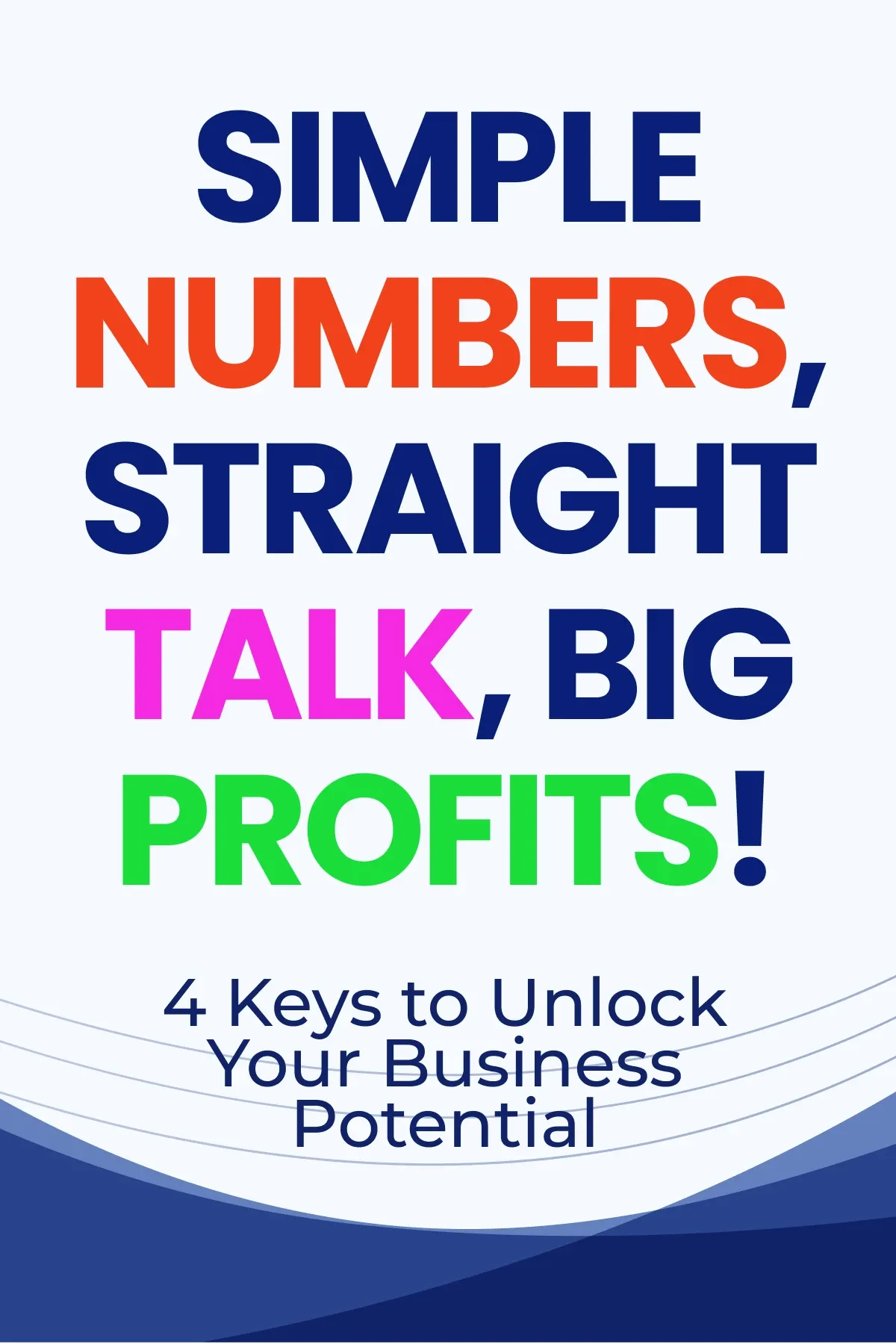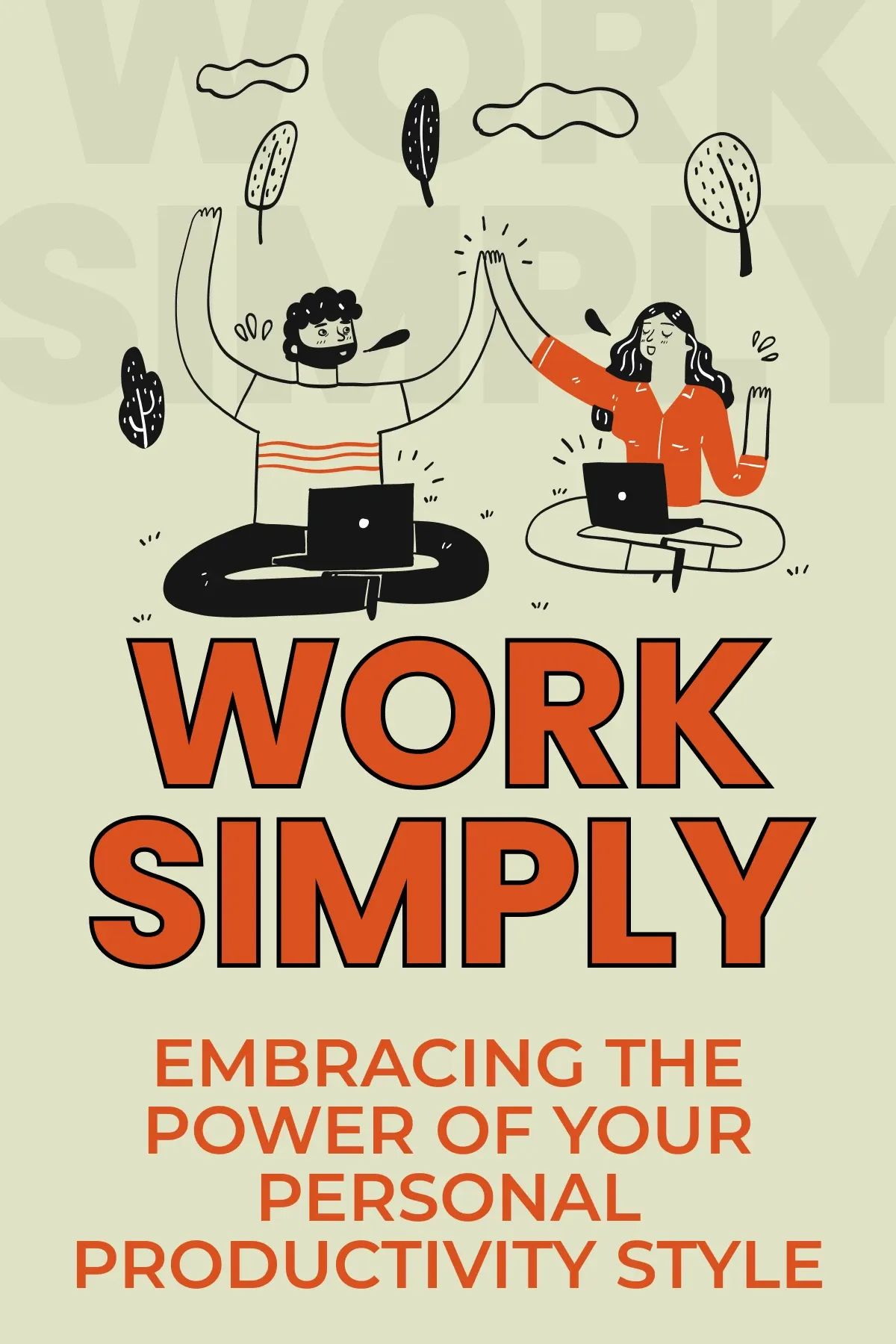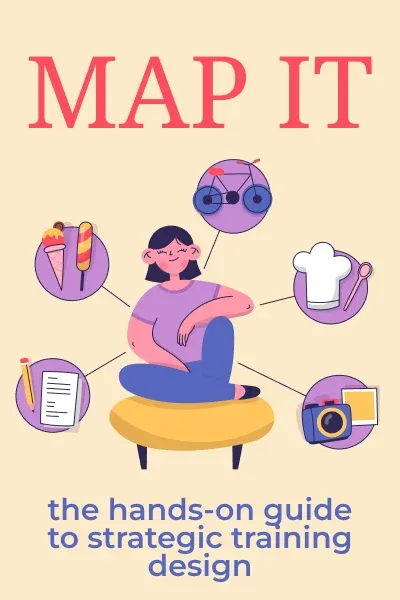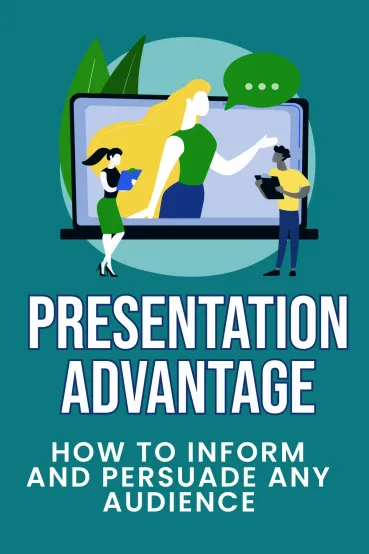
Presentation Advantage
Brief Summary
“Presentation Advantage” is a comprehensive guide to mastering the art of public speaking and delivering compelling presentations. Whether you are a seasoned professional or a newcomer to the world of presentations, these practical strategies will help you confidently engage your audience. This book is a must-read for anyone looking to enhance communication skills and make a lasting impression.
Topics
Key points
Key idea 1 of 5
Sharing information through presentations is an integral part of life. Presenting involves conveying a message to inform or convince others.
Having strong presentation skills is beneficial in various situations. For example, a presentation advantage is crucial when presenting a project in a boardroom to secure funding. Similarly, when trying to convince a friend to watch a particular movie, the ability to articulate your thoughts clearly can also give you an advantage.
A presenter’s ultimate objective is to shape the audience's outlook and prompt a transformation in their way of thinking. Unless a paradigm shift occurs, it's improbable that you will succeed in convincing your listeners. To attain this objective, you must utilize the three C's of connection.
The initial C stands for Connecting with your message. Begin by questioning the strategic objective of this presentation. For instance, you strive to retain and draw in new employees. In this case, it's crucial to recognize that childcare is a paramount concern that has resulted in the loss of some staff members. In this scenario, persuading your board to provide funding for an in-office daycare facility can be a potential solution. Thus, connecting with your message is critical to achieving your long-term strategic goals.
The second C pertains to Connecting with yourself. This involves exhibiting honesty and authenticity. While it's essential to refine certain aspects of your behavior, such as posture and gestures, you should steer clear of insincerity. Your audience will quickly pick up any semblance of hollowness or hypocrisy, leading to a failed connection. Avoid resorting to spin tactics, including the use of double-talk or euphemisms. Instead, be forthright, transparent, and enthusiastic about your message. Above all, pay attention to your emotions. If anything about your presentation feels uncomfortable, awkward, or fake, heed those feelings and make adjustments accordingly.
The third C emphasizes Connecting with your audience. Nobody wants to endure a boring lecture or waste time on irrelevant information. Hence, making your presentation a dialogue with your audience is vital. Encourage participation and engagement during the presentation. The ultimate goal is to get your audience to believe in your idea and take steps to implement it, so they should be involved in the initial discussion.
Now that we have discussed the importance of creating meaningful connections, let's focus on the three Ds of effective presentations: developing, designing, and delivering.
FAQ
You may also like these summaries
